14 Mammoth Channel Reorganizations Since 2014

Convergence Of Technologies Drive Channel Reorganizations
Vendors, distributors and solution providers are increasingly knocking down silos.
EMC, IBM, Ingram Micro, Rackspace, Wipro and Xerox restructured to bring more technologies under a single division, with the intent of making it easier to access a broader set of solutions.
Hewlett-Packard broke up its U.S. sales force into different divisions based on geography, while Citrix brought its geographic divisions together under a single vice president.
And layoffs at Ciber, Juniper and Microsoft prompted greater focus on offshoring, highly intelligent networks and reduced divisional overlap, respectively.
Here are the 14 most significant reorganizations in the channel since 2014.
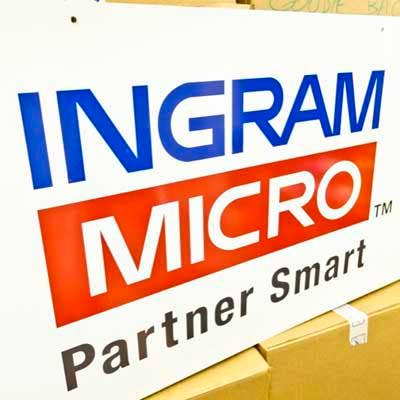
14. Ingram Micro
Ingram Micro brought its U.S. Advanced Technology and Advanced Computing divisions together in January 2015 under the Advanced Solutions banner.
The combined division is servicing everything from the data center and storage to enterprise software and specialized solutions. North American President Paul Bay told CRN it should bring networking, security and virtualization closer together.
It is being overseen by Tim Ament, who had served as vice president and general manager of Ingram Micro's direct and consumer markets since 2010.
The reorganization will not result in any layoffs, and channel partners will continue to deal with the same reps at Ingram Micro.
13. Xerox
Xerox joined its two partner organizations -- North American Agent Operations and the U.S. Solution Providers group -- together in January 2015 to create the U.S. Channel Group.
The changes are intended to increase capabilities and opportunities for partners in different technology areas. For instance, solution providers that traditionally focused on A4 printers will now be able to expand their repertoire into A3 equipment and solutions that were previously the domain of agents.
The new group is being led by Kurt Schmelz, who previously ran the U.S. Solution Providers group. His initial tasks include bringing the sales organizations together as a single face and unifying the back-office operations and systems.
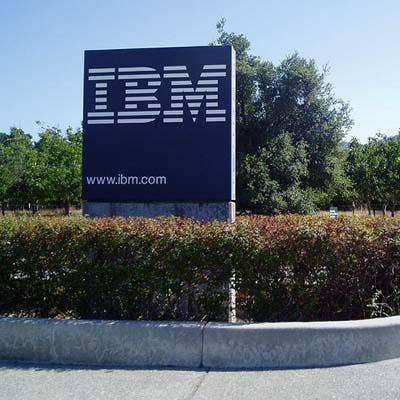
12. IBM
IBM brought its hardware and software partners together in January 2015 as part of a Global Business Partner Group.
The changes mean that Big Blue will shift away from stand-alone hardware, software and services silos toward a more holistic approach focused on solving business problems related to analytics, cloud, mobile and security.
The new groups include Research, Sales and Delivery, Systems, Global Technology Services, Cloud, Watson, Security, Commerce and Analytics, according to IBM partners.
Marc Dupaquier, IBM Global Business Partners general manager, will continue to oversee the vendor's channel business.
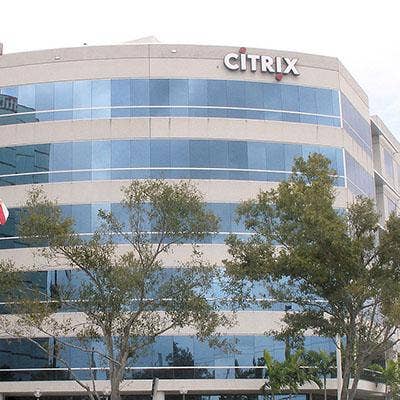
11. Citrix
Citrix Systems in January 2015 restructured its U.S. sales organization and introduced specialties to its Solution Advisor program.
The software vendor is transitioning from having four regional vice presidents in the U.S. to having three vice presidents. One of the vice presidents under the new structure will be in charge of all the geographic regions, the second will oversee enterprise accounts and the third will supervise networking accounts.
Bringing Citrix's field sales managers under a single organizational structure will facilitate more engagement, company executives said, as well as cede more control to partners when appropriate.
Citrix has also launched specialties in Virtualization, Networking Data Center, Mobility Management and Networking Apps and Mobile Security.

10. Google
Google promoted Sandar Pichai in October to chief of all of the vendor's core products as part of a managerial reorganization.
Pichai's new responsibilities include running Google's research, search engine, advertising, social and other main product lines. He was already in charge of Android, Chrome and Google Apps as well as its recently rebranded enterprise offering Google For Work.
Pichai continues to report to Google CEO Larry Page, but across a wider spectrum of products. As a result of the changes, other Google senior managers are expected to get less face time with the CEO.
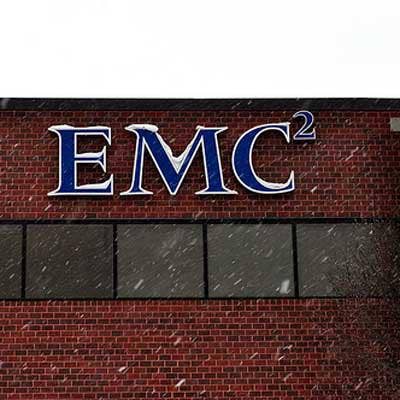
9. EMC
EMC in October reorganized its main business into two divisions and formed a new cloud business unit.
The Core Technology Division brought together the former Data Protection and Availability (DPAV) and Enterprise and Mid-Range Systems divisions under Guy Chuchward, formerly president of the DPAV division.
The Emerging Technology Division is led by C.J. Desai and focuses on object storage and Hadoop big data. It brings together EMC's Isilon scale-out NAS technology, ViPR software-defined storage technology and DSSD, which focuses on developing rack-scale, server-side flash storage technology.
The cloud management and orchestration product line is led by Brian Gallagher, formerly president of EMC's Enterprise and Mid-Range Systems group. It looks at software that brokers workloads between different cloud environments.

8. Rackspace
Rackspace in October consolidated several business units that oversee Microsoft products into a new Cloud Office Practice Area.
The Cloud Office will include Microsoft Software-as-a-Service applications such as a hosted Exchange email service, SharePoint collaboration tools, the Lync instant messaging platform and a backup and online storage solution.
This will allow Rackspace users to access the application as a combined suite and log into all the services simultaneously, executives said. The company previously ran each SaaS application in its productivity and collaboration portfolio as a separate business.

7. Ciber
Ciber began a $27 million restructuring plan in July intended to realign the company around global practices, sales and delivery.
Executives said the plan, which includes 280 layoffs, is intended to increase investment and momentum in Ciber's core business, expand its ISV portfolio and continue growth in its managed services practice. The company is No. 38 on CRN's 2014 Solution Provider 500.
Offshore operations are also expected to deliver more of the company's growth going forward, prompting 100 new hires in the practice in the third quarter.
Ciber has moved to realign its sales and operations into global teams and opened a new sales and training center in January aimed at better serving Fortune 100 clients with global operations.

6. Microsoft
Microsoft said in July that it would be laying off 18,000 people over the next year, two-thirds of whom were professional or factory workers that came over during the acquisition of Nokia.
Partners also expected some of the cuts to affect Microsoft's worldwide Small and Midmarket Solutions & Partners (SMS&P) division, whose functions have over time begun to overlap with those of its Enterprise Partner Group (EPG), partners said.
Solution providers told CRN in September that their SMS&P contacts have either moved onto other positions at Microsoft or left for jobs at other companies.
Items under the purview of SMS&P include Microsoft's retail stores and Best Buy location.
The layoffs also affected Microsoft's Operating Systems Group.
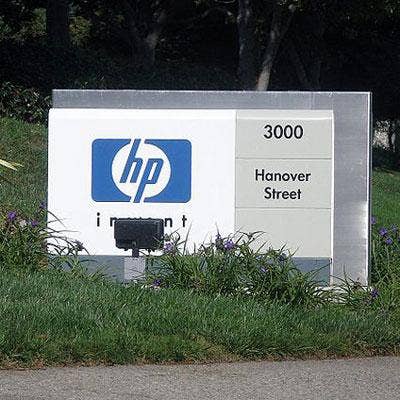
5. Hewlett-Packard
HP in May reorganized its U.S. sales force from a single geography into three separate geographies to streamline its sales and channel activities.
Prior to the reorganization, HP had sales teams for storage, networking, services, x86 servers and mission-critical servers.
Now, instead of multiple executives managing product teams across the country, one vice president or general manager heads all sales activities within a third of the country. Each of those territories also has a channel director who works with sales executives, the company said.
HP also has a Federal Government team, executives said.
The changes will make it easier to focus on converged solutions, HP executives said, and provide for a more consistent partner engagement experience.
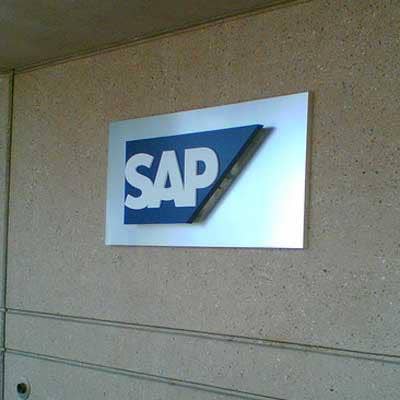
4. SAP
SAP in May created a new Global Partner Operations (GPO) organization responsible for managing the software company's Ecosystems and Channels team, the Business One application set for small business and the vendor's OEM business.
Rodolpho Cardenuto, president of SAP Americas since January 2013, was named head of the GPO and reports directly to company CEO Bill McDermott.
Within the GPO, SAP created two operations: one responsible for overseeing more traditional resellers such a single-tier VARs and resellers managed through distributors; and the other responsible for managing relationships with ISVs, OEMs and other strategic technology and services partners.
The company said the GPO is focused heavily on cloud computing and the vendor's HANA in-memory computing platform.
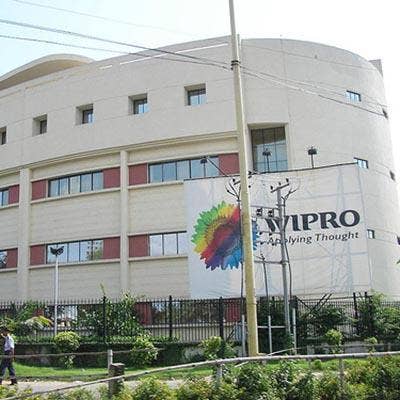
3. Wipro
Wipro in April said it had merged its Analytics and Information Management (A&IM) unit into its Advanced Technologies services line.
The reorganization helped the $6.9 billion global solution provider better address the confluence of cloud computing, analytics, mobility and social media, the company said. The combined business unit is being led by Advanced Technologies services line leader Jeff Heenan-Jalil.
Wipro also created a new business unit called "Change the Business Services" to help the company prepare for significant technological shifts. It is being led by Dr. Anurag Srivastava, senior vice president and chief technology officer of Wipro's Global IT business.
The reorganization didn't lead to any layoffs, the company said.

2. Juniper
Juniper in February announced an integrated operating plan designed to reduce operating expenses, re-evaluate the vendor's portfolio and shed any nonessential products.
Specifically, the plan is intended to save Juniper $260 million and refocus the company's efforts around cloud and "highly intelligent" networks. The networking vendor in July laid off about 6 percent of its global workforce, or roughly 550 employees. Juniper has said the plan is aimed at leveraging the company's engineering expertise across its routing, switching, security, control and network management portfolios and creating "High-IQ" advanced, hybrid cloud ecosystems for cloud providers.
The reorganization has been accompanied by turmoil, with CEO Shaygan Kheradpir dismissed in November after leading the company for just 11 months.
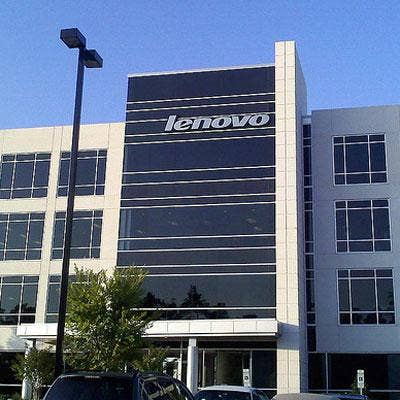
1. Lenovo
Lenovo shifted in January 2014 from two to four business groups after acquiring IBM's x86 server business.
The PC and mobile products group was split into two groups, one responsible for all of Lenovo's Think brand and the other comprised of the vendor's smartphone, tablet and smart TV business.
Gianfranco Lanci, formerly head of Lenovo's EMEA business, is leading the former, while former Business Group head Liu Jun is leading the later. The business and enterprise group was also split into separate divisions, with one responsible for servers and storage and the other focused on cloud services and ecosystem expansion in China.
Former Americas Group leader Gerry Smith is overseeing the enterprise group, while former CTO George He is heading the other.